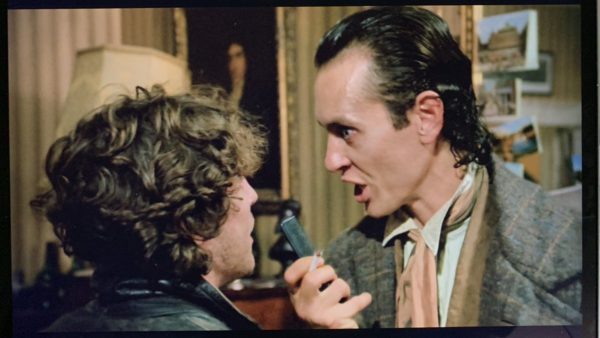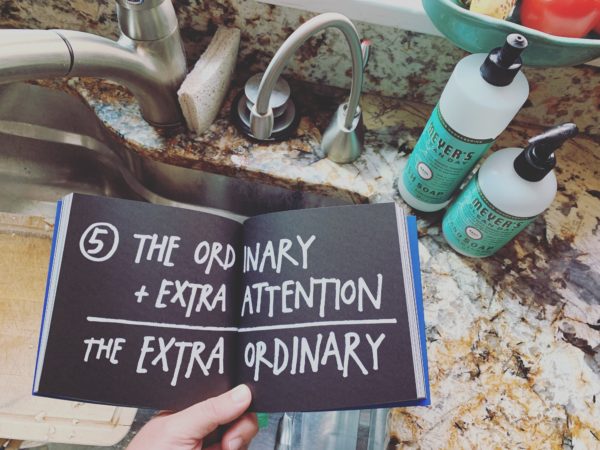Filmmaker Lawrence Kasdan once said, “Being a writer is like having homework every night for the rest of your life.”
That’s the thing about the job: you’re never “off.” If “everything is copy” (Nora Ephron) then you’re always “on,” even when it looks like you’re doing nothing. (Arm yourself with Gertrude Stein, if only as a joke: “It takes a lot of time to be a genius. You have to sit around so much, doing nothing, really doing nothing.”)
“All things are potential paragraphs for the writer,” wrote Shirley Jackson in her lecture, “Memory and Delusion” (collected in Let Me Tell You):
I cannot find any patience for those people who believe that you start writing when you sit down at your desk and pick up your pen and finish writing when you put down your pen again; a writer is always writing, seeing everything through a thin mist of words, fitting swift little descriptions to everything he sees, always noticing. Just as I believe that a painter cannot sit down to his morning coffee without noticing what color it is, so a writer cannot see an odd little gesture without putting a verbal description to it, and ought never to let a moment go by undescribed.
The “always on” thing can feel like a curse, but it’s also a blessing: it means that any boring old experience (grocery shopping, getting stamps at the post office, picking your kids up from school) can become potential fodder for the work, so you’re “always on,” always paying attention, alert, awake to life, alive, casing the joint, looking for stuff to steal.
Sometimes I collage my kids’ homework in my diary pic.twitter.com/4PdS14Smgb
— Austin Kleon (@austinkleon) December 19, 2021



